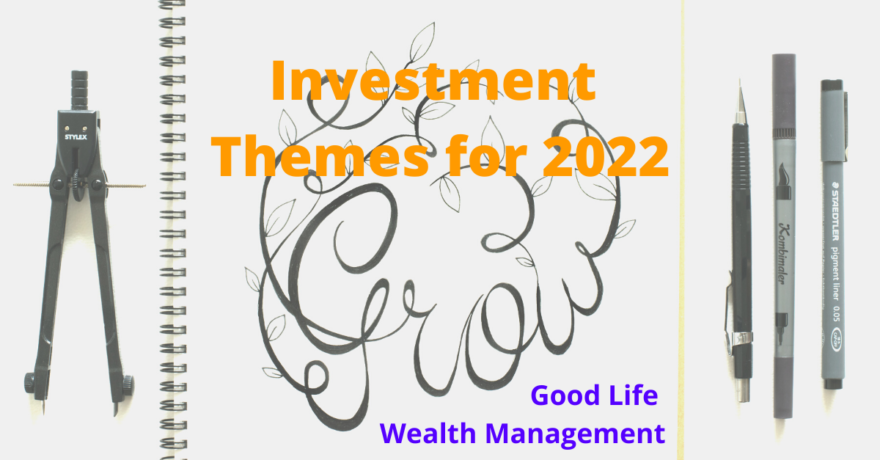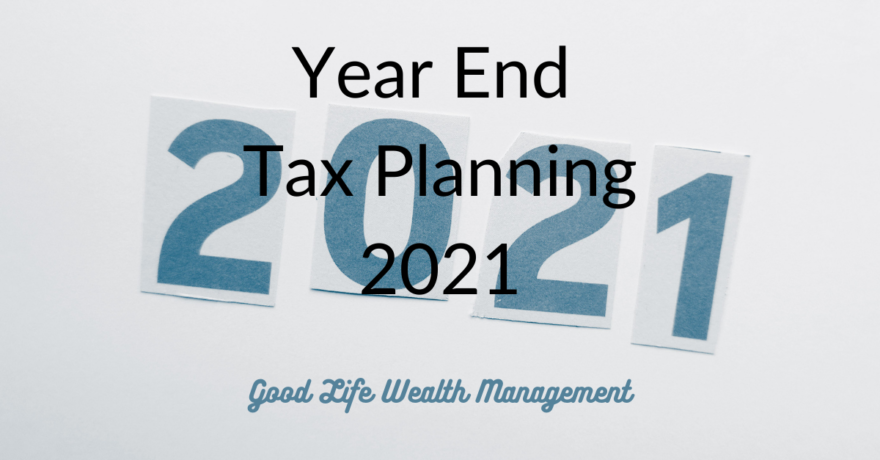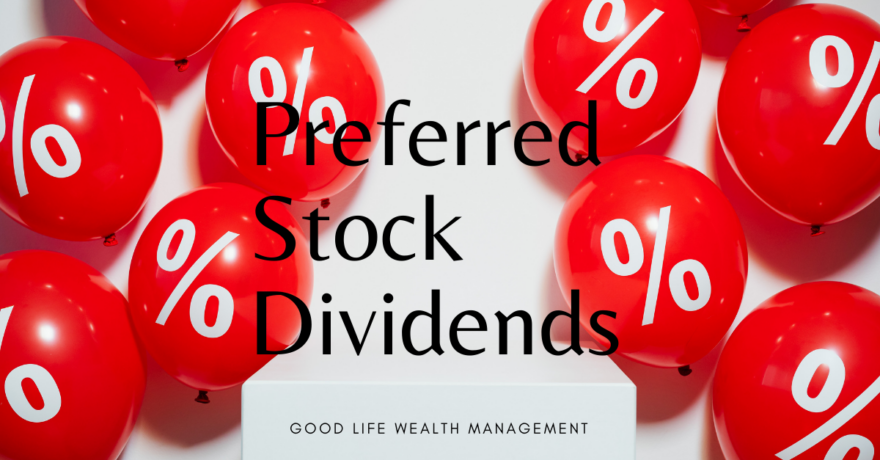Let’s look ahead to 2022 and consider what investment themes we believe should be incorporated into our portfolio models. This process is not meant to be a prediction of whether markets will be up or down. I don’t think anyone can time the market successfully. (Here is my letter to clients from March 21, 2020 for reference.) Rather, my goal is to add value to our investment process in three ways.
One, we want to tilt towards areas of relative value. That means when one category is cheap and another is expensive, we want to have more of the cheap stocks and less of the expensive stocks. This sounds obvious, but many investors chase performance without regard to valuation. Inadvertently, they load up on expensive stocks. Tilting towards cheaper categories is inherently contrarian as we are often buying what has recently lagged.
Two, we aim to identify Satellite categories which are attractive under the current market environment. Unlike our Core positions, Satellite positions are temporary and may be removed in future years. Satellite investments are stocks or bonds in a smaller, more focused niche than our core funds. For example, a Floating Rate Bond fund would be a satellite fund, whereas an Investment Grade Bond Index fund would be a core position. We select satellite funds with the goal of enhancing returns.
Three, to diversify our portfolios better, we include Alternative investments. We are looking for investments outside of the usual stock and bond categories which might offer an acceptable return, but with low correlation to the risks of stock markets or interest rates. This could include Real Estate, Hedge Fund Strategies, Preferred Stocks, Convertible Bonds, Commodities, Managed Futures, etc. Typically, these provide some ballast when stocks have a Bear Market, so their primary purpose is to reduce risk, rather than to increase return.
Stocks in 2022
Today, we are looking at our investment themes for stocks for 2022; next week we will cover bonds and alternative investments. Needless to say, there is a lot of uncertainty about the stock market going into 2022. As investors, we have to come to terms with the fact that markets do not always provide us with a clear and obvious direction. Uncertainty is the normal state.
No one knows what will happen with the virus or with the Federal Reserve trying to slow inflation without hurting the economy. Those are the two big questions facing stock investors at the end of 2021. However, those are known unknowns. Often, markets are surprised more by the unknown unknowns – the risks we aren’t even considering right now.
Over the past 50 years, the S&P 500 Index was down 12 years, up 37 years, and exactly at 0% in 2011. The 10-year return of the S&P 500 is 16% a year. Being negative on stocks has proven to be a losing bet over time. Yes, you can lose money on stocks and past performance is no guarantee of future results. With that disclaimer, I see no reason to attempt to try to time the market today and withdraw from stocks.
Tilts: Value, International, Small
Here is what I am doing for 2022: weighing relative valuations between stock categories. There are stocks which have gone way up and are probably overvalued. But there are also stocks which have lagged and are relatively cheap. We can break this down three ways: Growth versus Value stocks, US versus International Stocks, and Large versus Small companies.
Growth has lead the markets for more than a decade. As a result, the spread between value and growth categories has widened to historic levels. In fact, the difference today between Value and Growth is equal to what it was during the Tech bubble in 1999. For 2022, we are increasing our tilt towards Value. While we have little in pure Growth funds, we will be reducing our cap weighted index funds, which have become concentrated in Growth names.
US Stocks have led international for a long-time and there is now a wide gap in valuations. US stocks, especially Growth, are expensive. Most US investors have a significant home bias. For 2022, we will shift a small percentage from US to International. We are already overweight in Emerging Markets, and are not adding to our positions in EM.
Small versus Large has been very interesting in 2021. In the US, Small Value has had a great year and looks promising for 2022. US Small Growth, however, lagged Large Growth by more than 20%. In other developed markets, small cap lagged large cap by a small amount. In Emerging Markets, small cap outperformed large cap by more than 20% year to date. There is not a uniform trend here, except that Small Value has done better than Small Growth. In terms of diversifying and looking for cheap stocks, our small cap selection will lean towards value rather than core or growth.
Taxes Matter
We will be making trades to our portfolios for 2022. Even after these trades, a 60/40 portfolio is still going to have about 60% in stocks and 40% in bonds. But the weightings of the positions will change slightly and some of the funds used may change. Our goal is to reduce risk and stay broadly diversified, while using low-cost investments that are transparent and have a good track record.
Throughout the process, we aim for tax efficiency. Changes are easy to incorporate in IRAs and that is always our first choice. In taxable accounts, we harvested losses in March of 2020, which carried forward to 2021. That can also allow us to make some changes without creating additional taxes for the year. And while I could automate the trading process, I am looking at this one client at a time, to do what is best for you, not easiest for me.
Next week, we will discuss our investment themes for 2022 for bonds and alternatives. Then we will be placing trades at the end of December and into January for most clients. I should note that even without making any changes to the portfolio models, we would still be looking to rebalance here at the end of the year. We will do both steps at the same time – rebalancing and any changes to the model – to avoid any unnecessary trades.
I examine investments all year round, but try to limit changes to once a year to avoid short-term trading. Each year, in the fourth quarter, I go through a process of reviewing all our holdings and our allocations. Here is what I wrote last year, looking ahead to 2021: Investment Themes for 2021
Have concerns about your investment portfolio or specific investments? Will your portfolio be sufficient to achieve your goals? How will you transition your accumulation portfolio to spending it down? These are uniquely individual questions and where our conversations can be the most valuable.













